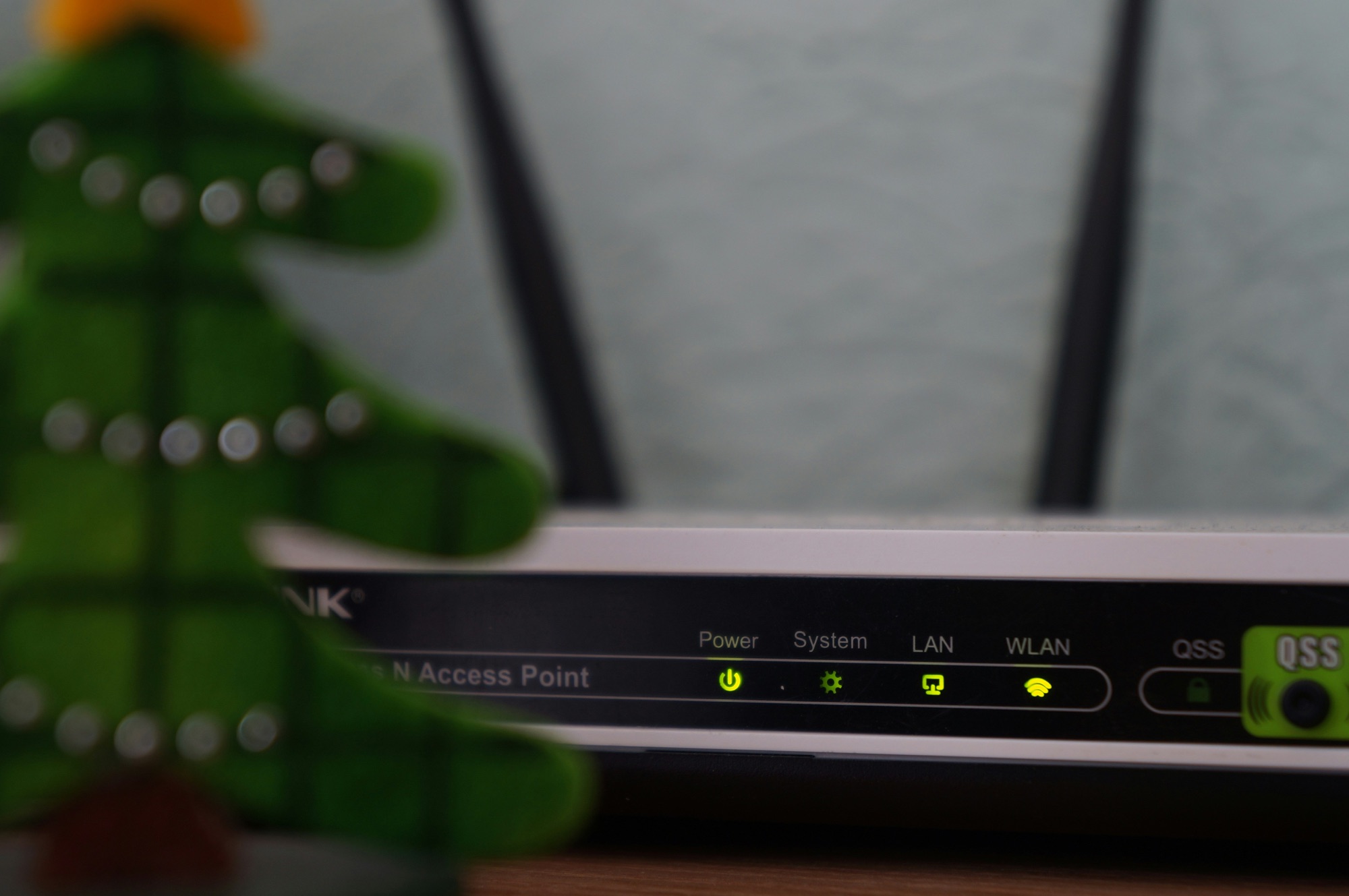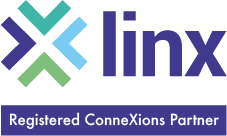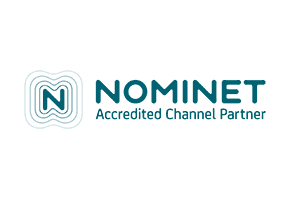
Organisations demand unwavering performance, low latency, and uncompromising security, leased lines have emerged as the gold standard for internet connectivity. However, the pricing of leased lines can often be a source of confusion, with various factors influencing the final cost. In this comprehensive guide, we’ll delve into the intricacies of leased line pricing, shedding light on the key elements that dictate the price tag for UK businesses.
The Bandwidth Conundrum
At the core of leased line pricing lies the concept of bandwidth – the higher the bandwidth requirements, the more expensive the leased line becomes. Bandwidth is essentially the amount of data that can be transmitted through a connection at any given time. It’s akin to the width of a pipe, with wider pipes allowing more data to flow through simultaneously.
Leased lines are available in a range of bandwidth options, typically starting from 2Mbps and scaling up to 10Gbps or higher, depending on the provider and the specific requirements of the business. The bandwidth choice is a critical decision, as it directly impacts the performance and scalability of the organisation’s internet connectivity.
Distance Charge: The Price of Proximity
Another significant factor influencing leased line pricing is the distance between the customer’s premises and the nearest leased line provider’s Point of Presence (PoP). The further the distance, the higher the cost, as it necessitates the installation of more infrastructure and incurs additional maintenance expenses.
Providers typically calculate this distance using a metric known as “radial distance,” which measures the straight-line distance between the customer’s location and the exchange. However, in some cases, the actual physical distance may be longer due to geographical obstacles or existing infrastructure constraints, resulting in higher costs.
The Excess Construction Charges Hurdle
In some instances, the installation of a leased line may require additional construction work, such as laying new cables or installing equipment on private property. These excess construction charges (ECCs) can significantly impact the overall cost of the leased line, as they cover the expenses associated with overcoming physical barriers or complying with specific requirements.
ECCs are typically calculated based on the complexity of the work involved and the materials required. They can vary widely depending on the location, terrain, and any unique challenges posed by the installation site.
Leased Line Bearer and Terminating
Leased line pricing is often broken down into two key components: the bearer segment and the terminating segment. The bearer segment represents the cost of the physical infrastructure, such as the fibre optic cables and equipment, used to transmit data between the provider’s PoP and the customer’s premises.
The terminating segment, on the other hand, covers the cost of the final connection between the provider’s network and the customer’s premises. This segment includes the installation of any necessary equipment, such as routers or modems, and the configuration required to establish the leased line connection.
Service Level Agreements: The Price of Reliability
Leased lines are renowned for their reliability and guaranteed service levels, which come at a premium cost. Service Level Agreements (SLAs) are contracts that define the level of service a customer can expect from the provider, including uptime guarantees, response times, and resolution timeframes for any issues that may arise.
Providers typically offer various SLA tiers, with higher tiers commanding higher prices. Businesses with mission-critical applications or those operating in highly regulated industries may opt for more stringent SLAs, ensuring maximum uptime and minimising the risk of costly downtime.
Contract Duration and Commitment: Long-term Savings or Short-term Flexibility?
The duration of the leased line contract plays a significant role in determining the overall cost. Providers often offer discounted rates for longer-term commitments, incentivising businesses to sign multi-year contracts. This approach allows providers to amortise the initial installation costs over a more extended period, resulting in lower monthly fees.
However, shorter contract durations may be more appealing to businesses that value flexibility or those with uncertain future connectivity needs. In such cases, the monthly fees may be higher, but the shorter commitment period mitigates the risk of being locked into a long-term contract that may no longer meet their requirements.
Location, Location, Location: The Impact of Geography
The geographical location of the customer’s premises can also influence leased line pricing. Areas with a high concentration of businesses and established telecommunications infrastructure may benefit from lower costs due to economies of scale and existing infrastructure investments.
Conversely, more remote or rural locations may incur higher costs, as providers may need to invest in additional infrastructure to extend their network reach, potentially resulting in higher installation and maintenance expenses.
Navigating the Complexities of Leased Line Pricing
While the factors influencing leased line pricing can seem daunting, understanding these elements is crucial for businesses to make informed decisions and negotiate the best possible terms with providers. By carefully evaluating their bandwidth requirements, considering distance and construction challenges, weighing the importance of robust SLAs, and assessing their commitment duration, organisations can strike the right balance between cost and performance.
Furthermore, engaging the services of experienced consultants or brokers can prove invaluable in navigating the intricate world of leased line pricing. These professionals possess in-depth knowledge of the market, provider offerings, and negotiation strategies, enabling businesses to secure the most favourable terms and ensure they get the best value for their investment.
In conclusion, leased line pricing is a multifaceted landscape influenced by a myriad of factors. By understanding the various components that contribute to the overall cost, UK businesses can make informed decisions, optimise their connectivity solutions, and gain a competitive edge in today’s data-driven economy.





